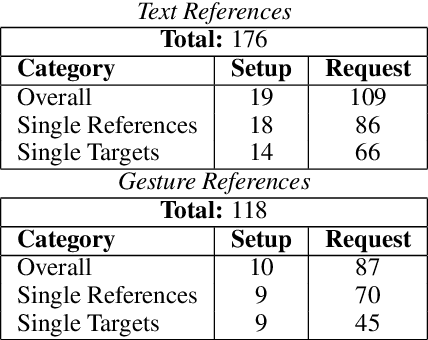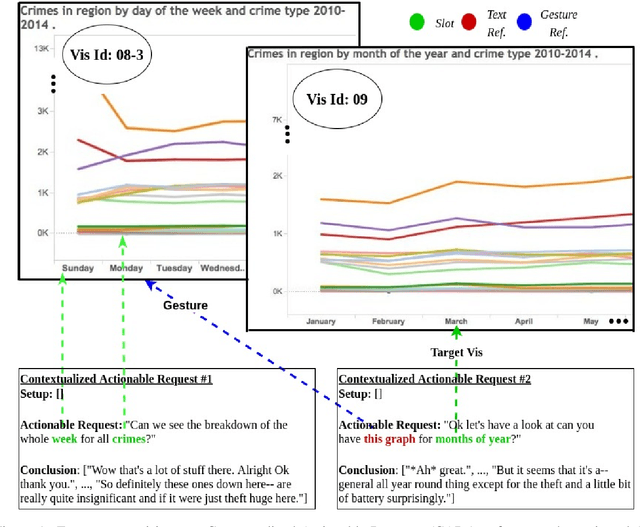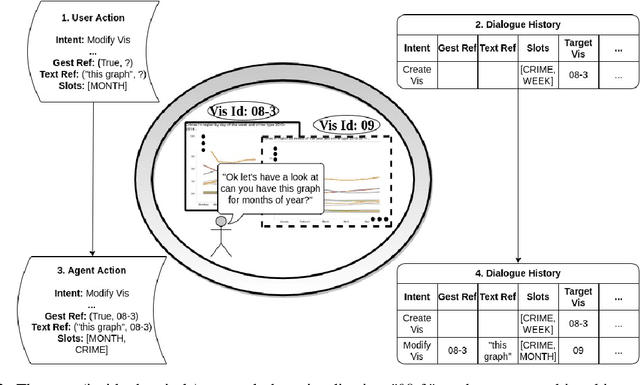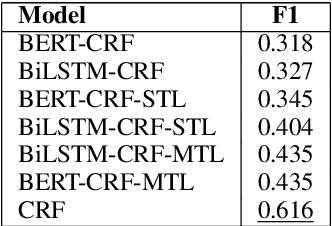Andrew Johnson
Enhancing Fault-Tolerant Space Computing: Guidance Navigation and Control (GNC) and Landing Vision System (LVS) Implementations on Next-Gen Multi-Core Processors
Nov 06, 2025Abstract:Future planetary exploration missions demand high-performance, fault-tolerant computing to enable autonomous Guidance, Navigation, and Control (GNC) and Lander Vision System (LVS) operations during Entry, Descent, and Landing (EDL). This paper evaluates the deployment of GNC and LVS algorithms on next-generation multi-core processors--HPSC, Snapdragon VOXL2, and AMD Xilinx Versal--demonstrating up to 15x speedup for LVS image processing and over 250x speedup for Guidance for Fuel-Optimal Large Divert (GFOLD) trajectory optimization compared to legacy spaceflight hardware. To ensure computational reliability, we present ARBITER (Asynchronous Redundant Behavior Inspection for Trusted Execution and Recovery), a Multi-Core Voting (MV) mechanism that performs real-time fault detection and correction across redundant cores. ARBITER is validated in both static optimization tasks (GFOLD) and dynamic closed-loop control (Attitude Control System). A fault injection study further identifies the gradient computation stage in GFOLD as the most sensitive to bit-level errors, motivating selective protection strategies and vector-based output arbitration. This work establishes a scalable and energy-efficient architecture for future missions, including Mars Sample Return, Enceladus Orbilander, and Ceres Sample Return, where onboard autonomy, low latency, and fault resilience are critical.
Reference Resolution and Context Change in Multimodal Situated Dialogue for Exploring Data Visualizations
Sep 06, 2022



Abstract:Reference resolution, which aims to identify entities being referred to by a speaker, is more complex in real world settings: new referents may be created by processes the agents engage in and/or be salient only because they belong to the shared physical setting. Our focus is on resolving references to visualizations on a large screen display in multimodal dialogue; crucially, reference resolution is directly involved in the process of creating new visualizations. We describe our annotations for user references to visualizations appearing on a large screen via language and hand gesture and also new entity establishment, which results from executing the user request to create a new visualization. We also describe our reference resolution pipeline which relies on an information-state architecture to maintain dialogue context. We report results on detecting and resolving references, effectiveness of contextual information on the model, and under-specified requests for creating visualizations. We also experiment with conventional CRF and deep learning / transformer models (BiLSTM-CRF and BERT-CRF) for tagging references in user utterance text. Our results show that transfer learning significantly boost performance of the deep learning methods, although CRF still out-performs them, suggesting that conventional methods may generalize better for low resource data.
Analysis of Legal Documents via Non-negative Matrix Factorization Methods
Apr 28, 2021Abstract:The California Innocence Project (CIP), a clinical law school program aiming to free wrongfully convicted prisoners, evaluates thousands of mails containing new requests for assistance and corresponding case files. Processing and interpreting this large amount of information presents a significant challenge for CIP officials, which can be successfully aided by topic modeling techniques.In this paper, we apply Non-negative Matrix Factorization (NMF) method and implement various offshoots of it to the important and previously unstudied data set compiled by CIP. We identify underlying topics of existing case files and classify request files by crime type and case status (decision type). The results uncover the semantic structure of current case files and can provide CIP officials with a general understanding of newly received case files before further examinations. We also provide an exposition of popular variants of NMF with their experimental results and discuss the benefits and drawbacks of each variant through the real-world application.
 Add to Chrome
Add to Chrome Add to Firefox
Add to Firefox Add to Edge
Add to Edge